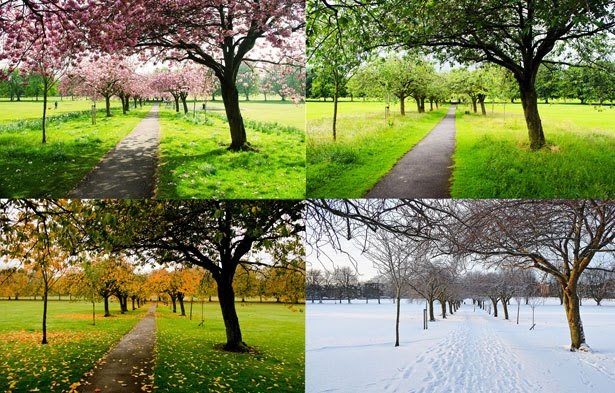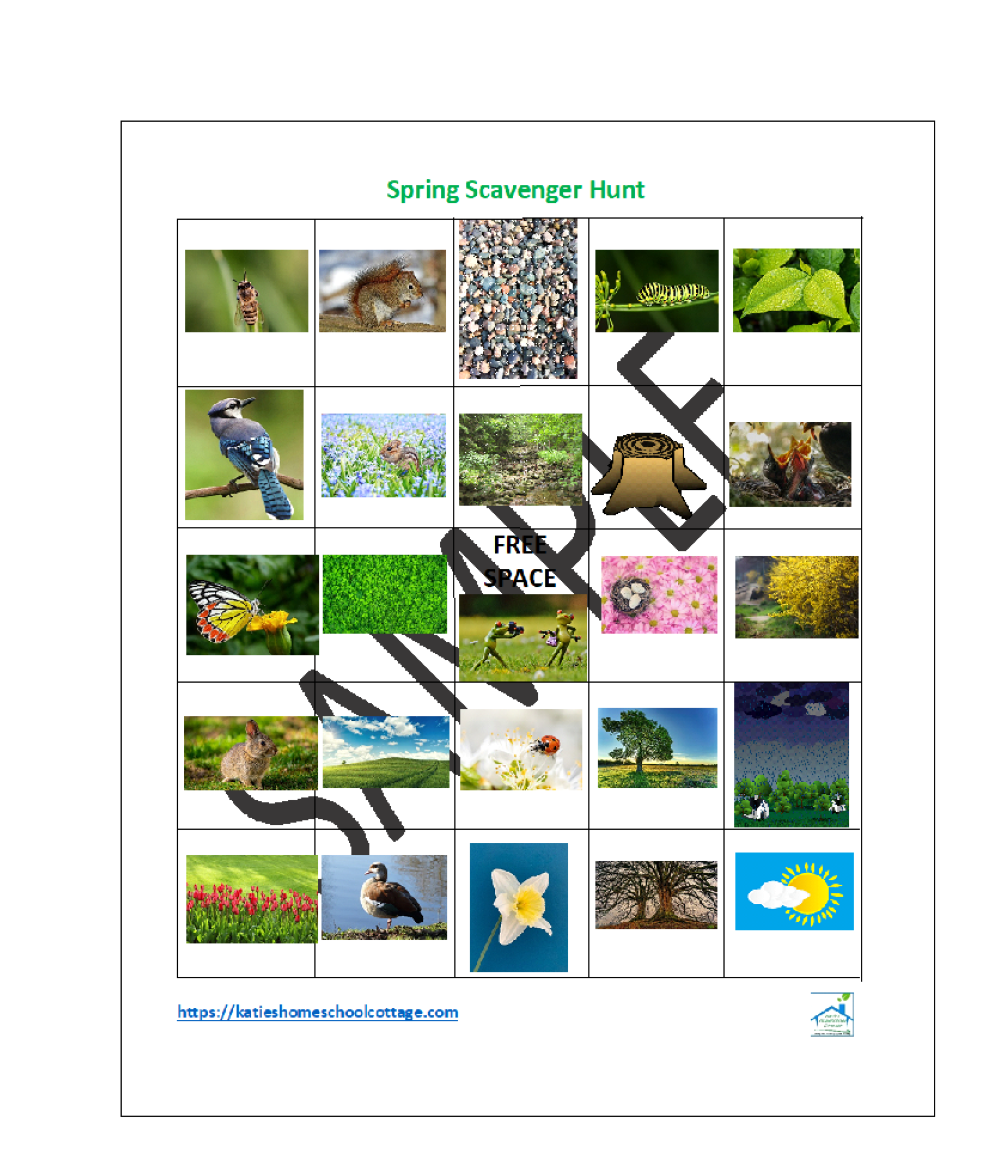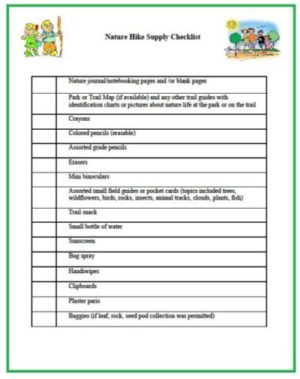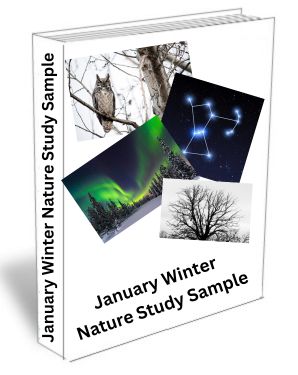I love the idea of using nature studies to teach science and exploring science in a natural way.
But how do you turn it into something where you know your kids have learned some of those scientific concepts you want to teach?
Sure, I like Charlotte Mason’s ideas of attention to detail and creating a picture in one’s mind of what you are looking at.
She wanted children to saturate themselves with what they were looking at and note specific details about the scene before them in their memory.
I also like the idea of getting outside in the fresh air and experiencing science and nature first hand.
To get you started with your littles, I have a fun way to start observing nature while you’re outside.
Get your free Spring Scavenger Hunt to start hunting for natural signs of spring.
But, I guess I’m a little too up tight to just leave it at that without turning it into some kind of lesson on a concept.
One way that Charlotte Mason and homeschoolers do this is by keeping a nature journal of what they are observing in nature.
Through the use of observation and reading field guides, children can narrate onto journal notebook pages what they have observed in nature, what they read in the field guides, any other information about their nature walk, and maybe a drawing.
Here is a free Nature Walk Checklist that includes binoculars, notebook, and pencils among other things to conduct your nature study while outside.
If you want to put this narration and drawing in a bound book, you can find these in book stores or school supply catalogs with lined or blank pieces of paper.
Some may have fancy fabric covers; some may be plain white or with a simple outline sketch on the outside. We have used all of these variations and have enjoyed them all.
Now that is an effective way of teaching about what you see directly in nature.
But, how do you teach areas within biology, physics, and chemistry from there?
Well that’s where you build a bridge or connection between what the child experiences first hand in nature and has a personal connection with a concept of science that can be extended from the child’s first hand knowledge.
This is where I’ve departed a bit from the Charlotte Mason way in our science.
Let’s say you are studying weather where it is common to experience thunderstorms and lightning during that month.
After you observe this weather, maybe making charts of what the weather has been or making predictions, and researching what causes thunderstorms and lightning, you want to extend your study into other areas of science.
From thunderstorms, you begin to read and do science experiments with sound waves and vibrations or examine the water cycle.
Or, you look at acid rain and focus on some chemistry experiments looking at the effects of acid rain, which can extend into a study of acids and bases and ph.
Maybe you want to move from there and look at lightning and what causes that and do experiments with static electricity and electrical circuits and conductors and insulators.
Or, after rain, sometimes you can see a rainbow.
After looking at the causes of a rainbow, you look at the color spectrum and perform experiments with white light and prisms and color absorption.
As you can see one study in weather, can lead you into more detailed studies encompassing areas of physical sciences and chemistry.
Any studies with different classes of animals and plants can build into anatomy and physiology, and botany studies.
So, don’t be afraid to let go of that textbook, at least for a little while.
After exploring where your nature studies lead you, you may find you are enjoying and learning so much more science than you imagined that you will forget to return to your textbook.
If you are interested in more ways to teach science this way like integrating geology and crystals, buoyancy, density, volume, magnetism, and gravity and so on check out Using Nature Study, Nature Journals, and Poetry Through the Year.
The next post in our series is Teaching Math with Living Books.
To see a list of other posts related to Charlotte Mason Homeschooling click here.







